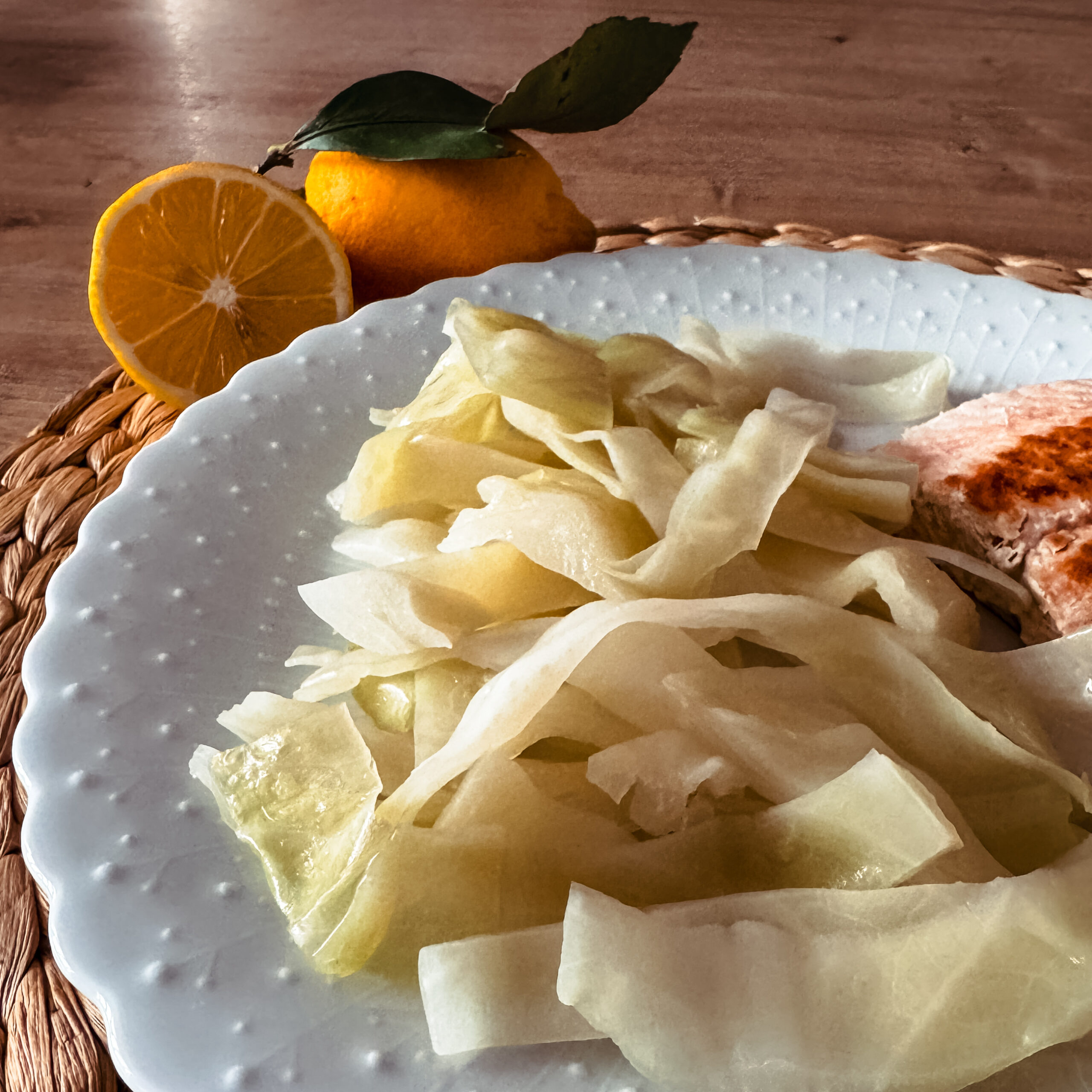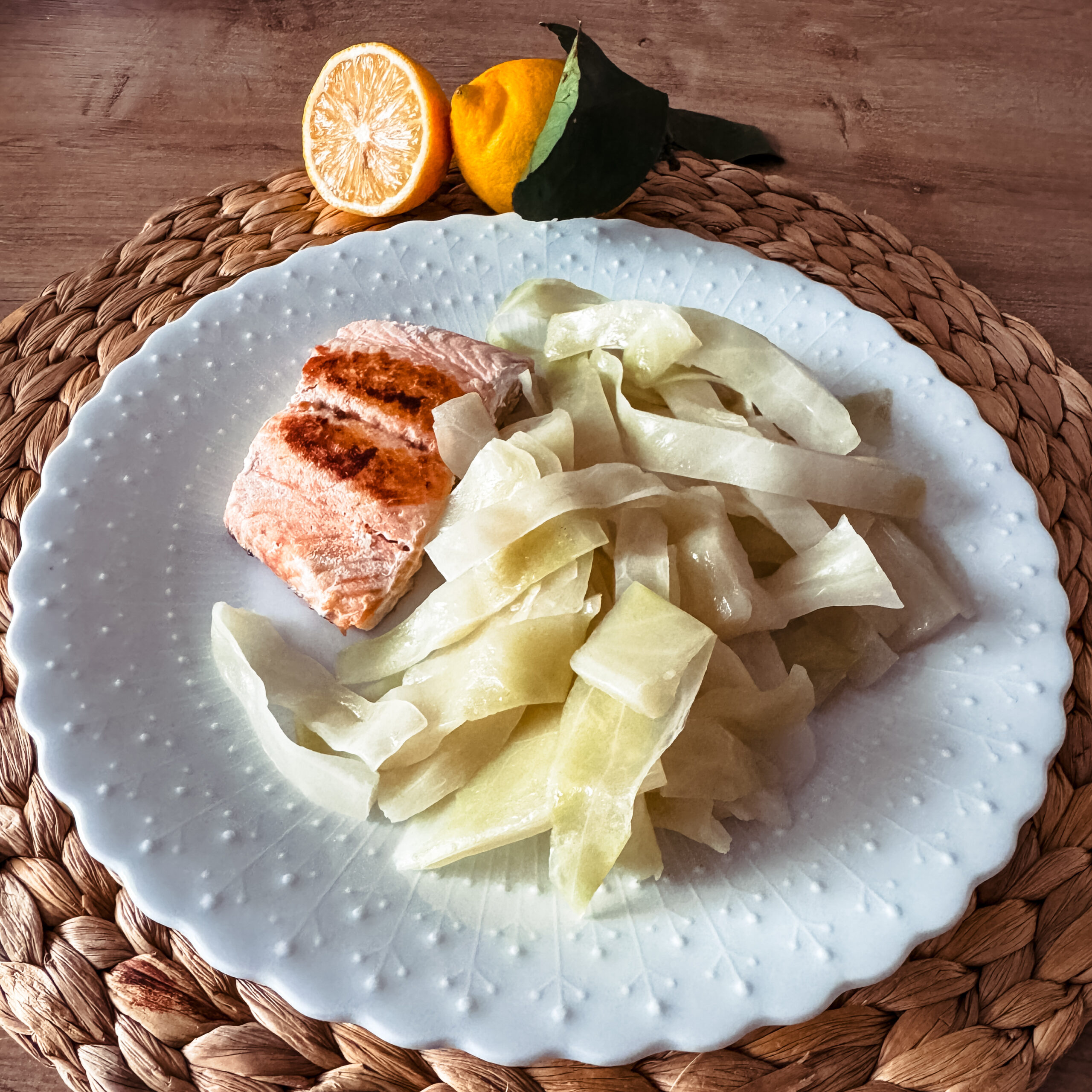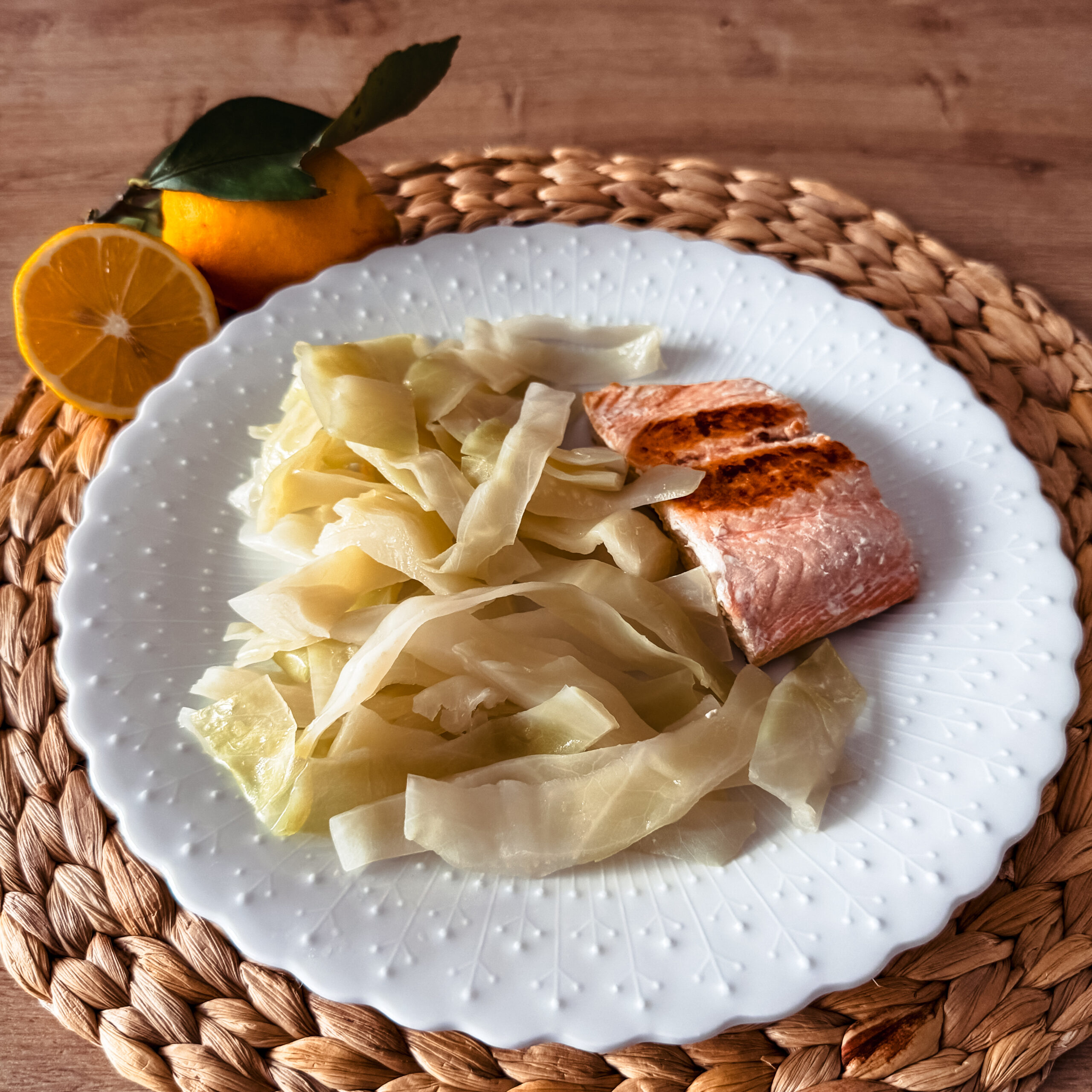Hello, young Padawan
Today, we will focus on one of the simplest and most affordable foods, which is often overlooked because it is not trendy, has a bad reputation, or because some of us don’t know how to prepare it. We will change that, as it’s a shame not to enjoy one of the most delightful vegetables of winter.
Let’s get started.
White cabbage
Cabbage, once referred to as “the poor man’s doctor,” is a nutritious food that grows easily in gardens and requires minimal water or care, making it an affordable vegetable. This nickname reflects its exceptional health benefits.
From September to March, white cabbage serves as an outstanding source of vitamin C and beta-carotene. It also contains B vitamins, especially folic acid, which help protect the body from external threats.
Additionally, cabbage is rich in minerals such as potassium, calcium, iron, and magnesium, all of which are essential for the body’s proper functioning. Packed with fiber and sulfur compounds, cabbage supports good intestinal health. However, it can cause bloating in individuals with sensitive stomachs if not prepared properly. To minimize discomfort, it’s advisable to blanch the cabbage before cooking. The simple cooking technique outlined in the recipe below will ensure that everyone can enjoy this nutritious vegetable without any issues.
Buttered cabbage and seared salmon.
For 2 servings
Half a white cabbage
2 tsp butter
1/2 lemon
2 nice salmon steaks
A pinch of coarse salt
Salt, Madagascar pepper
Optional: a few sprigs of freshly chopped chives
Recipe
Wash the cabbage and cut it into thin slices widthwise using a sharp knife. The thinner, the better.
I insist on sharpening the knife well beforehand to avoid accidental slips on innocent fingers that did not ask for it.
How do we blanch our vegetables?
In a large pot filled with boiling water, lightly salted with a pinch of coarse salt; over high heat at maximum, pour the cabbage slices and cover until it starts to boil again – This needs a few seconds. Remove them with a skimmer, and immediately place them in a large salad bowl filled with iced water (or water with ice cubes; it’s even better). This last operation allows us to fix the colors of the vegetables and, above all, to stop the cooking and preserve a maximum of vitamins.
Then, place them in Marion’s vitaliseur basket, or any other steamer basket of your choice over medium heat and continue cooking until they are soft and crunchy, a little more cooked than al dente. The cooking time varies depending on the device, and it is about 5 minutes with a vitaliseur. Place them under a trickle of iced water again to stop cooking and preserve the color. Set aside.
In a hot frying pan over medium heat, pour a first knob of butter and place the salmon fillets on top, once melted, skin side down. Cook for 3-4 minutes. Turn them over halfway through cooking, and cook for another 3-4 minutes. When they are almost cooked, pour the remaining butter and the cabbage strips to reheat them, add salt and pepper, and loosen the cooking juices by mixing the cabbage strips delicately in the pan. Turn off the heat.
Presentation
Place a salmon steak and a few slices of cabbage on your most beautiful plates while still very hot. Those who like it can add a few finely chopped sprigs of chives. Sprinkle everything with a few drops of lemon juice and place it on the table, ready to go.
Enjoy without delay and serve with a good dry, aromatic white wine, such as a white one from Alsace or a good Loire wine.
Have a good weekend, and see you next Friday!
XO 🥬



